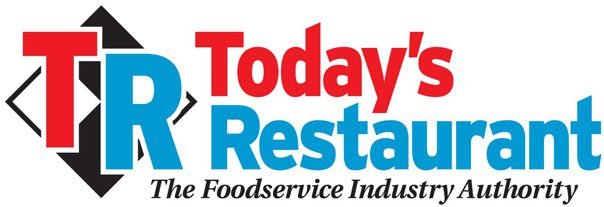
Exclusive for TRN
The Under-Reported Risk of Labor Trafficking in the Restaurant Business
By Stefan Burkey
Back in 2000, amid a concerted global drive to end human trafficking, the U.S. passed the landmark Trafficking Victims Protection Act (TVPA) while the United Nations Sustainability Development Goal 8.7 vowed to end child slavery of children by 2025, and universally, by 2030.
But the global community is nowhere close to meeting this goal, even the U.S. after several revisions to the TVPA. By 2019, the number of human trafficking victims identified worldwide had skyrocketed to almost 120,000 from 30,000 in 2008. And while the pandemic’s travel restrictions slowed trafficking dramatically, it was back to pre-pandemic levels by 2022.
Many industries have had a role in this booming crime, whether a witting one or not. Hotels and motels, for example, have been implicated in 60% of the sex and forced labor cases throughout the world, according to The Global Slavery Index. U.S. restaurants also have had a part, but more typically through forced labor. This is where people are compelled to work through “force, fraud or coercion,” and forms of punishment like violence or debt repayment keep them in line.
The food services sector stands at the top of the U.S. Department of Labor’s list of “Low Wage, High Violation Industries” for 2023, with 4,095 compliance actions resulting in $29.6 million in back wages issued.
Many factors can result in wage and hour complaints, far beyond just forced labor. Even so, the kind of exploitation that characterizes human trafficking is believed to be pervasive in the restaurant business, but under-reported and rarely pursued. Restaurateurs need to be aware of the risk and offset their exposure.
What is labor trafficking?
Labor trafficking is a modern form of slavery, defined by the TVPA as “the recruitment, harboring, transportation, provision, or obtaining of a person for labor or services, through the use of force, fraud or coercion for the purpose of subjection to involuntary servitude, peonage, debt bondage or slavery.”
Bonded labor is one form, where labor is required to repay a loan or service, but the reasonable value of that service is not necessarily applied. Another is forced labor, where victims work under the threat of violence or punishment, their freedom restricted.
Child labor is another form of exploitation that is increasingly putting the food industry under scrutiny. Since 2020, the Labor Department has found 13,000 violations, many in fast food chains, often where 14- and 15-year-olds worked longer or later hours than legally permitted.
Conditions in the restaurant business can create the sort of abuses that may cross the line to create trafficking victims: they are open long hours, often powered by low-wage and immigrant labor in back-of-the-house duties like dishwashing, cleaning and food prep. Many such workers have temporary work visas that they have paid recruiters dearly to obtain, leaving them saddled with debt that’s difficult to cover with their wages.
Issues of concern to employers
The restaurant industry is aware of the risk of wage and hour violations – even when trafficking or child labor is not part of the equation.
Still, an expose last year by Boston’s GBH News pointed out that victims were too afraid to speak out even though they knew they were being exploited. They worried about their immigration status. They worried about surviving without work. Restaurant workers all shared similar stories about 80-hour work weeks, no overtime pay and sub-minimum wages.
The labor department has stepped up its investigations of labor trafficking complaints; its Wage and Hour Division, for example, investigates and calculates restitution amounts.
Last year, for example, $11.4 million in back wages and liquidated damages was recovered from an East Coast restaurant chain on behalf of over 1,000 employees for failing to pay minimum wage and keeping inaccurate payroll records. In paying back-of-the-house workers pre-determined amounts, employers failed to pay minimum wage or time-and-a-half for hours worked over 40 in a work week.
About the author
Stefan Burkey is the hospitality practice leader for HUB International Florida. In this role, he oversees insurance placement solutions for owners, developers, and operators from limited-service hotels to full-scale resorts. Stefan and his team clearly understand the financial needs and exposures associated with the hospitality industry, and their singular focus has generated profound market knowledge and significant buying power for HUB clients throughout Florida and the U.S.
Stefan won Risk & Insurance’s 2023 Hospitality Power Broker of the Year.
To read more great articles, visit the February issue at www.trnusa.com





Recent Comments